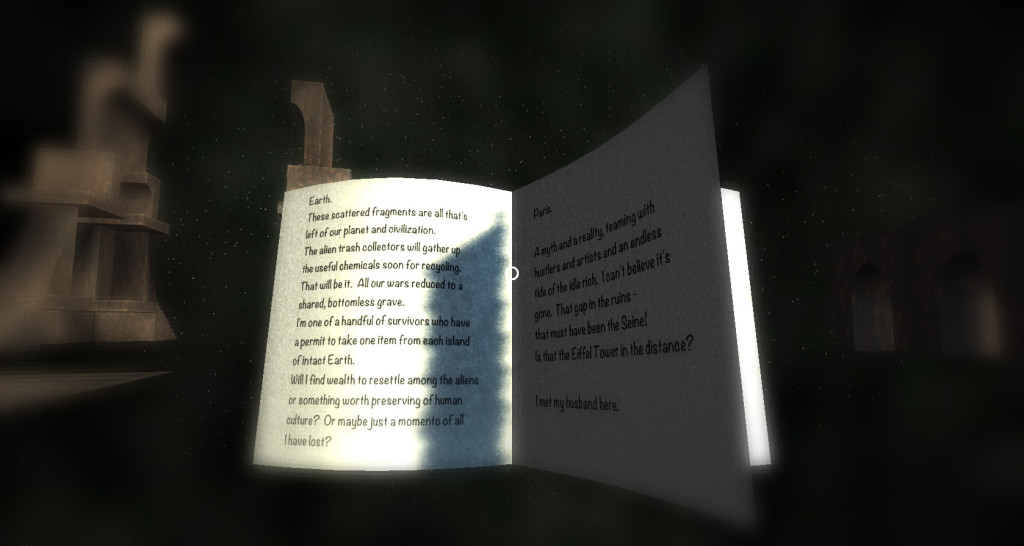(Part of a series. Check out Part 1 and Part2 if you haven’t already.)
And now I’m gonna start talking about some things that went wrong. 🙂
Music!
There, uhm, is none.
I figured I could, pretty quickly, crank out something kind of like what I did for the last Global Game Jam: something kind of mysterious and atmospheric. I got a decent beginning… and my music software crashed.
I opened the last auto-save, and it crashed again. And then I started to panic. I’d installed a new version — not a point release; a whole new version of my music composition software months ago, and this was the first time I’d used it. And it wasn’t working.
So I decided to move on, and not do any music. Any at all.
After the jam I installed the latest patch, which had been out for some time, and that solved everything. And I felt rather silly.
So, lessons learned:
- Test new software once you get it, even if it’s just a quick smoke test.
- Keep your software up to date, even if you haven’t used it in a while.
- Don’t panic. Crashes happen. And so do software updates.
The Book
So as I mentioned in Part 1, before the jam even started, Marie and I decided that making a Myst-like game with a journal or journals to read was a possibility.
And before the jam started, I was thinking about how I would implement a book with animated, turning pages. Not testing anything, mind you… just thinking. Leisurely thinking.
I implemented by book animation system as I planned it out, but it took most of forever to do it.
There are times when planning can actually hurt. I had a system in mind, that I knew in advance would work, and that seemed good enough. By the time I started implementing the system, I didn’t bother to ask myself if it was the right system.
This was a system planned in a vacuum. I wasn’t thinking about the time it would take to implement it, because I wasn’t under any time constraints when I planned it. I was in the completely wrong mindset for a game jam.
Furthermore, while the system worked, it was overly complicated to use. If I was thinking about Marie’s time using what I’d written, I would have realized very quickly that what I had in mind was overly fussy and error-prone; the act of adding pages to the book involved adding real objects to the scene at precise locations on specific layers in the real game scene, with multiple cameras filming them.
I could have just done something where you plopped textures into an array in the book’s properties pane, without any extra cameras and pages sitting in the scene. And it would have been easier to make books.
Marie found the system annoyingly cumbersome, though she tells me it made her feel more valuable as a member of the team, relieving me of the need to do all that tedious layout myself.
Guess that’s it for Part 3. In Part 4, I’ll talk about scaling issues we ran into.

